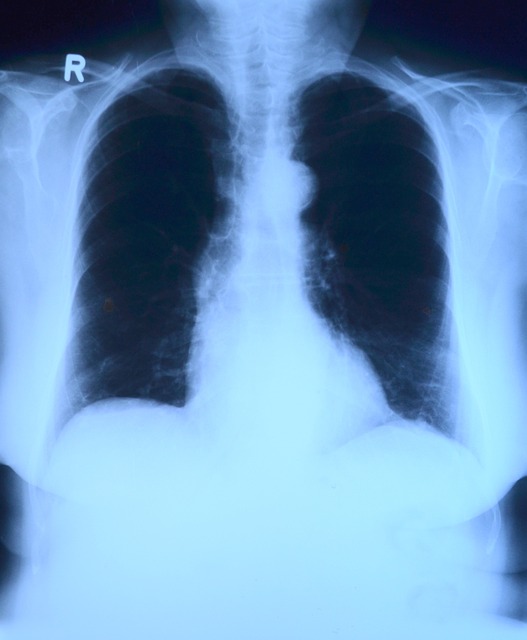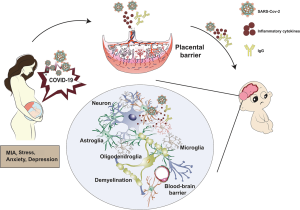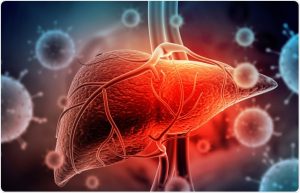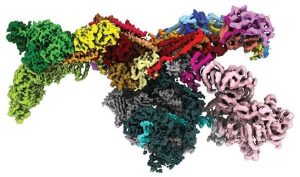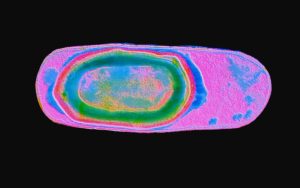According to a recent study, an imaging technique that is currently primarily used in research labs could potentially be developed for use in hospitals and clinics in order to detect early-stage lung disease.
Using a model of the human chest created by Duke University, scientists from the KTH Royal Institute of Technology in Stockholm tested the feasibility of using a procedure called phase-contrast X-ray imaging on human lungs.
They claimed that the smallest airways—those measuring less than 2 mm—and any disease-related obstructions could be seen using phase-contrast chest radiography. These are details that conventional radiography doesn’t capture, according to the study’s co-lead authors, KTH Royal Institute of Technology researchers Ilian Häggmark and Kian Shaker.
The researchers reported their findings in the Proceedings of the National Academy of Sciences (PNAS) of the United States of America.
Phase contrast imaging is used in research labs with equipment that today is limited in use to imaging centimeter-scale samples of soft tissue. But, Häggmark says, the study clearly shows that it’s possible to do more with phase-contrast X-ray imaging, if the technical demands for clinical use can be engineered.
The chest radiography that clinics and hospitals use today plays an important role in detecting respiratory disease, but it is fundamentally limited by the way in which it generates images, Häggmark says.
He says that the promising phase-contrast technique used in the study could show subtle pathological changes that are otherwise invisible with conventional X-ray imaging, which is important when screening for diseases like asthma or chronic obstructive pulmonary disease (COPD).

